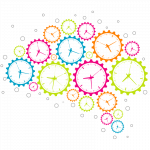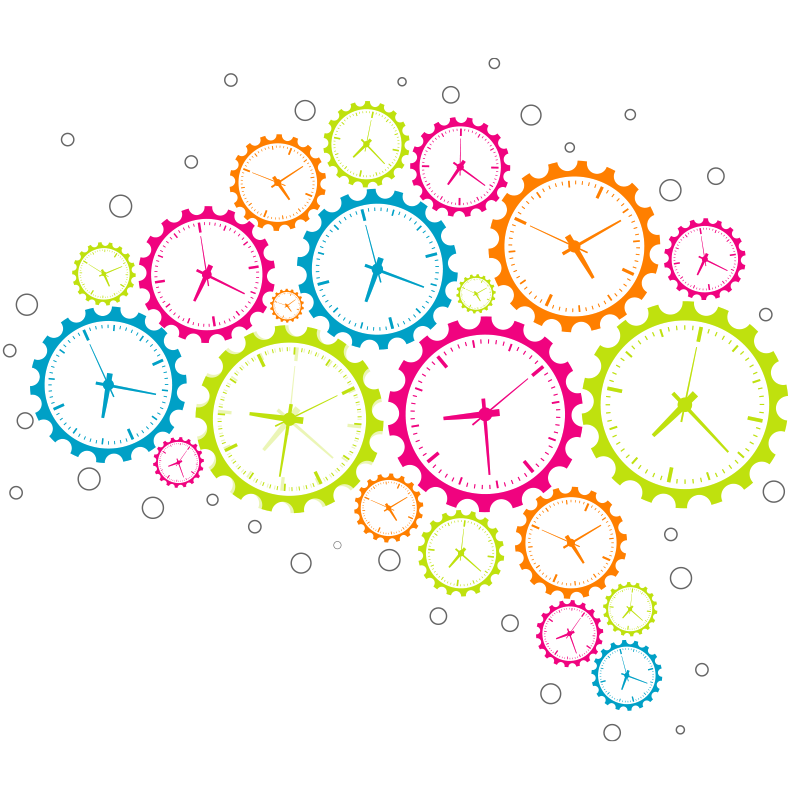Talent SM&RT®
Modelling For Success Through Talent
Real power has to do with one's ability to influence the hearts & minds of others.
Tenzin Gyatso, 14th Dalai Lama
THE EVOLUTION OF EMPLOYEE EXPECTATIONS
Why You Must Figure Out What Drives Talent
Today’s candidates spend far more time researching prospective employers. And the criteria they will use to evaluate whether an opportunity fits expectation are radically different from even just a decade ago.
The best talent will always have more choice and will therefore be more discerning – looking in detail at the organisation, not just the role.
So, if you want to be in the mix and attract top talent you need to understand what drives them and how to influence their decision making.
And it doesn’t stop with recruitment – engaging, retaining and maximising the potential of your existing talent hinges on that understanding too.
The Drivers of Thinking, Decisions & Behaviour
Significant Motivation & Relationship Traits
As creatures of habit we exhibit consistent behavioural traits. These traits are context specific, this means that in a given context – such as work – there are a set of Significant Motivation & Relationship Traits that drive consistent thinking, decision making and behaviour.
What would it be like if we could figure out the work context SM&RT’s of individuals and even teams?
Understanding is recognised as a key to influence. With a deep understanding of the building blocks of behaviour you can optimally structure communication, instructions, tasks, job roles and even entire business functions to recognise, create and sustain desired behaviours.
There are direct correlations between thinking traits and behaviour traits. Talent SM&RT, a linguistic tool, models those correlations generating that high level understanding and actionable insight into behaviour.
Features of The Talent SM&RT System
What makes modelling so practical?

Quantitative Precision

Context Specific

Predictive & Diagnostic

Scalable

Versatile
Simple
Where there are people there are attitudes & behaviours
Applications & Process of Talent SM&RT Modelling



What About?
Frequently Asked Questions
Some of the common questions we get asked are answered below. If there is anything specific that you would like to know please feel welcome to get in touch:
How long does it take to model someone's SM&RT's?
Face to face an individual model can be elicited in as little as 20 to 30 mins depending on how much they have to say - how detail oriented they are as a communicator. A digital elicitation will take the average person around 20 mins to complete.
What is an 'elicitation'?
This is the process of intentionally eliciting a SM&RT profile. It is called an elicitation because attention is focused on uncovering very precise language structures through a series of questions embedded in a conversation or a more formal interview.
Which is better - the face to face modelling or the digital version?
They both have strengths so it is the objective behind the modelling that determines which is more fit for purpose. The digital modelling can be completed by multiple people simultaneously in their own time anywhere in the world. For some of those reasons it can be more cost effective. A trained modeller, however, can delve into specific traits with even greater precision looking at contexts and sub-contexts and even sub-sub-contexts if necessary. We often use digital modelling as a first pass and then check key findings conversationally to add more detail.
How much does it cost?
We try to be as transparent as possible with pricing. Modelling is often conducted as part of a wider project. We charge for our expertise in units of time and pass along any additional costs that may be incurred on a project. So the cost of the modelling aspect is governed by the time it takes to generate models - itself a function of the number of people involved. If you would like more information on pricing please email:
What is modelling/a model?
The process of Talent SM&RT modelling is concerned with identifying the 'Significant Motivation & Relationship Traits' that drive thinking, decision making and behaviour. Because Talent SM&RT is a linguistic tool a SM&RT model can be created for an individual via interview or informal chat or by using a carefully constructed digital survey. Models can be reverse engineered for vacant job roles by identifying the essential attitudes and behaviours that role or discipline requires. Exemplary performers can be modelled and contrasted to average performers to discover the difference that make them stand out - providing a model of excellence.
